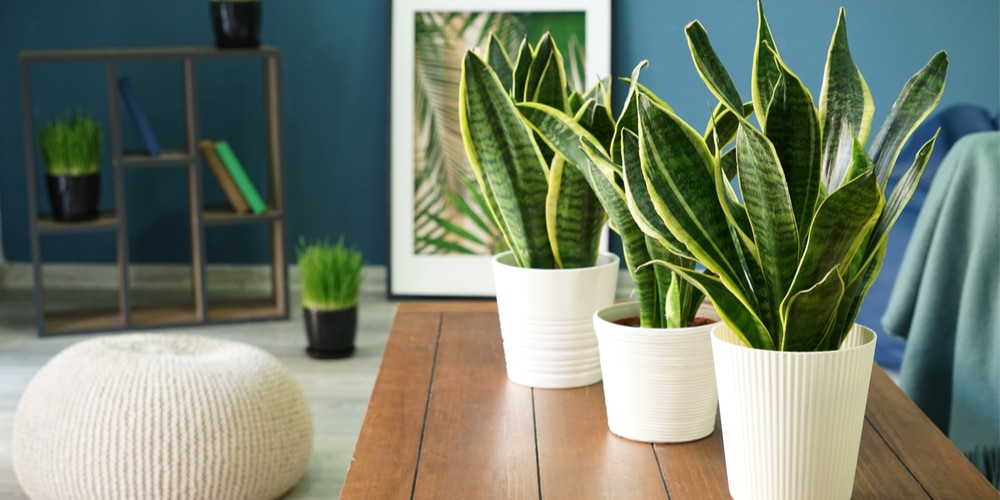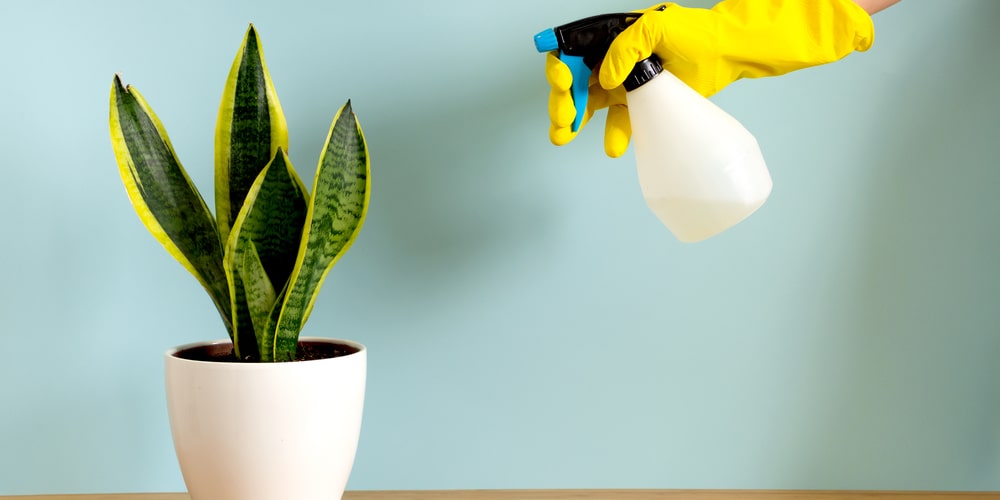Sanseveria Futura is a popular type of snake plant which is commonly kept as a house plant. It can also be grown outdoors in warmer states. Let’s look at how to correctly grow and care for the plant.
About the plant: Sanseveria Futura
Sansevieria Futura green is a snake plant that grows in a shape of a rosette. Its leaves resemble a sword and appear yellow at the edges.
Due to its growth habits and nature, this snake plant can also be named “a bird’s nest Sansevieria. The plant also has a scientific name-“Futura Superba.”
Sansevieria Futura green is amongst plants that grow well in gardens. But it also makes a case of classics when it comes to an ideal house plant. This is especially true with small apartments where space is an issue.
How to care for the plant
Sansevieria Futura is a green plant that grows on an average height of 12-18 inches. It can healthily grow in the same condition humans inhabits. So, it requires less effort to maintain. The plant is not too sensitive to dry air. So, it can survive more than a month without being watered. Sansevieria Futura also prefers low light.
Sunlight
Like most house plants, Sansevieria Futura enjoys healthy growth under bright indirect lights. But it is even happier under low lights. Do not expose sansevieria to direct sunlight as this will damage the leaves. So, avoid the west and south windows.
It is advisable to carry your plant out to the balcony during summertime. Keep the plant in a dappled shed, allowing it to adjust slowly to the bright conditions. You often see sansevieria in hospitals, hotels, and offices where natural light is low.
Watering
Sanseveria Futura green fairly tolerates dry areas and can withstand a test of one month. Allow the soil to dry out fully before you begin watering the plant. When watering the plant, ensure you water thoroughly until the excess water gets out of the drainage holes.
During the summer period, water your plant twice a month. But this is applicable only when the soil is dry. Do not overwater, though.
The snake plant is best suitable for travelers because it can live for many days without demanding water.
One of the best ways to avoid overwatering is to grow your plant in well-draining soil.
Pruning
Unlike other indoor plants, Sanseveria does not want pruning. But if you see damaged or burnt leaves, that means it was left under full sun. Simply, cut the damaged leaves to encourage new growth. Your plant might also rot, maybe because it has been overwatered. Once you notice this, remove all the damaged roots and repot your plant.
Humidity
Sanseveria grows well in almost all conditions. So, humidity isn’t something that it will complain about. No matter dry the air is, Sanseveria will just grow happily without any issues. Grow this decent plant in your home, as long as the room has some natural light.
USDA Climate Zones
The plant does well in warmer environments, with USDA hardiness zones ranging between 10 and 12.
Fertilizer
The plant does not need a lot of fertilizer. There is no much difference you will notice, if you avoid fertilization, except slower growth.
A soil rich in compost can help your plant with all the nutrients it needs for a healthy life.
Use a cactus liquid fertilizer if your pot contains regular garden soil. Apply once a month during summer and spring. Escape feeding the plant during winter.
Soil Type
Sanseveria grows happily in well-draining soil. So, soil that retains more water can negatively impact its growth. It is a good idea if you plant Sanseveria in soil mixed with a lot of course materials. Even better, blend the coarse soil with compost, and you can be sure to have a healthy plant that requires little care.
Sanseveria Futura Propagation
The best way to propagate Sanseveria is through leave cutting. But you can also propagate this plant through pups.
If you grow Sanseveria outdoor, it will sprout roots underground. And this may pop up new plants in the garden. Separate the new plants from the mother and repot them.
Conclusion
Sanseveria Futura is an excellent plant for both beginners and professional gardeners. If you have the guts that you can take care of any plant, this plant has good odds. While it can make your home look beautiful, it can also purify the air.


